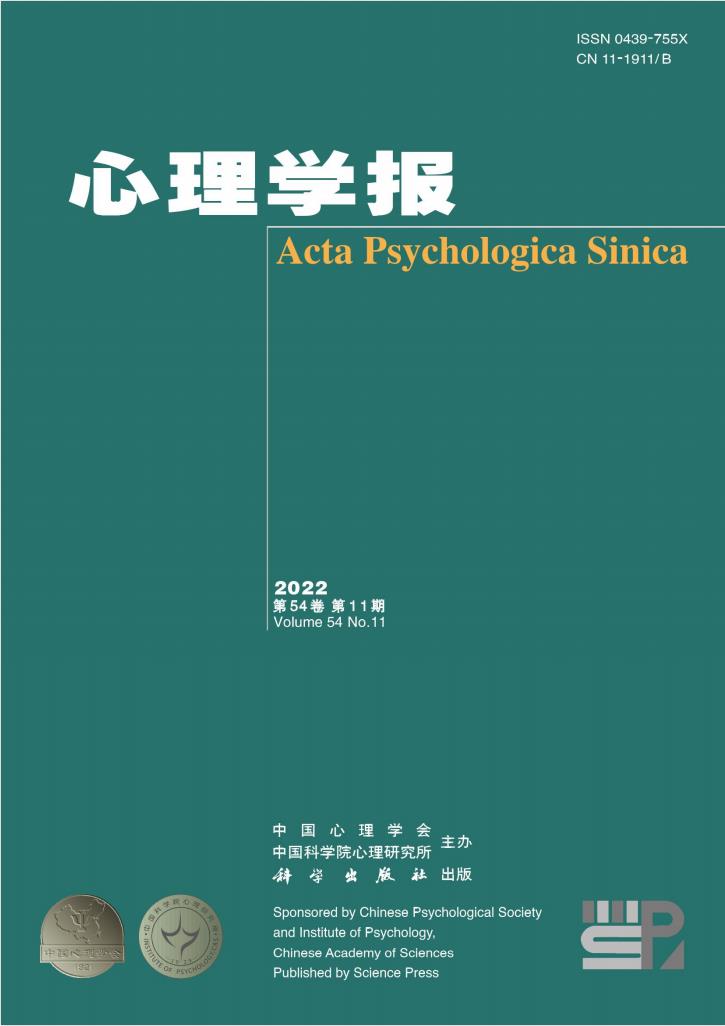情态呈现方式与知觉学习风格的匹配对粤语-普通话双方言转换成本的影响
IF 1.3
4区 心理学
Q3 PSYCHOLOGY, MULTIDISCIPLINARY
引用次数: 1
摘要
研究不同刺激方式对双发作转换成本的影响。然后,实验2采用四因素(感知学习风格、模态呈现模式、语言、任务)混合实验设计,从感知学习风格与刺激模态匹配的角度研究了双发作转换成本的影响。实验3采用单因素设计,通过建立对照组,研究最佳呈现范式下的学习对双向言语转换成本的影响。实验2和实验3均通过学习渠道偏好量表对视觉学习者和听觉学习者进行了筛选。研究结果表明:(1)在不同的刺激模态条件下,熟练的广东话普通话双音使用者经历了转换成本,给予视觉提示的参与者比给予听觉提示的参与者表现出更低的转换成本。需要注意的是,这些结果与之前的研究截然不同,之前的研究表明,与听觉线索相比,视觉线索的转换成本更高。(2) 知觉学习方式与刺激方式之间存在交互作用。在匹配条件下,双向切换成本低于非匹配条件,在视觉条件下,切换成本最低。(3) 与随机呈现条件相比,在匹配条件下的切换成本较小;也就是说,感知学习风格与通道呈现模式相匹配的呈现模式是最佳的刺激呈现模式。基于以上结果,可以得出结论,通道会影响双向切换的成本,即当模态呈现模式与双向说话者的感知学习风格相匹配时,双向切换成本较小。随着普通话的普及,中国方言区越来越多的人成为了双方言使用者。研究结果将有助于为改进方言区教学活动提供理论支持。本文章由计算机程序翻译,如有差异,请以英文原文为准。
The influence of the matching of modality presentation mode and perceptual learning style on the bidialectal switching cost of Cantonese-Mandarin
to study the influence of different stimulus modalities on bidialectal switching cost. Then, Experiment 2 used a four-factor (perception learning style, modality presentation mode, language, task) mixed experiment design to study the impact of bidialectal switching cost from the perspective of the matching between the perceived learning style and the stimulus modality. Experiment 3 used a single factor design to study the effect of learning under the optimal presentation paradigm on the cost of bidialectal switching by setting up a control group. Both Experiment 2 and Experiment 3 screened visual learners and auditory learners through The Learning Channel Preference Checklist. The results showed the following: (1) Skilled Cantonese-Mandarin bidialectal speakers experienced a switching cost under the different stimulus modality conditions, with the participants who were given visual cues demonstrating a lower switching cost than those given auditory cues. It should be noted that these results were quite different from previous studies, which showed a higher switching cost with visual cues compared to auditory cues. (2) There was an interaction between the perceptual learning style and the stimulus modality. Under the matching condition, the bidialectal switching cost was lower than in the non-matching condition, and under the visual-visual condition, the switching cost was the lowest. (3) The switching cost was smaller under matching conditions compared to random presentation conditions; that is, the presentation mode that matched the perception learning style with the channel presentation mode was the best stimulus presentation mode. Based on the above results, it can be concluded that the channel can affects the cost of bidialectal switching—namely, when the modality presentation mode matches the perceptual learning style of a bidialectal speaker—the bidialectal switching cost is smaller. With the popularization of Mandarin, an increasing number of people in China’s dialect areas have become bidialectal speakers. The results of this study will be helpful in providing theoretical support to improve teaching activities in dialect areas.
求助全文
通过发布文献求助,成功后即可免费获取论文全文。
去求助
来源期刊

心理学报
Psychology-Psychology (all)
CiteScore
1.70
自引率
13.30%
发文量
1612
期刊介绍:
Acta Psychologica Sinica (ISSN 0439-755X) is a scholarly journal sponsored by the Chinese Psychological Society and the Institute of Psychology, Chinese Academy of Sciences, and published monthly by the Science Press.
Acta Psychologica Sinica has been included in many important national and international indexing systems such as SCOPUS (Elsevier), ESCI (Web of Science), PsycINFO (APA), CSCD. It is the flagship journal of the Chinese Psychological Society that publishes peer-reviewed original empirical studies and theoretical articles spanning the entire spectrum of scientific psychology.
Acta Psychologica Sinica publishes high-quality research that investigates the fundamental mechanisms of mind and behavior and aims to deliver scientific knowledge to enhance our understanding of culture and society. It welcomes submissions of manuscripts reporting research that is up-to-date, scientifically excellent, and of broad interest and significance.
 求助内容:
求助内容: 应助结果提醒方式:
应助结果提醒方式:


